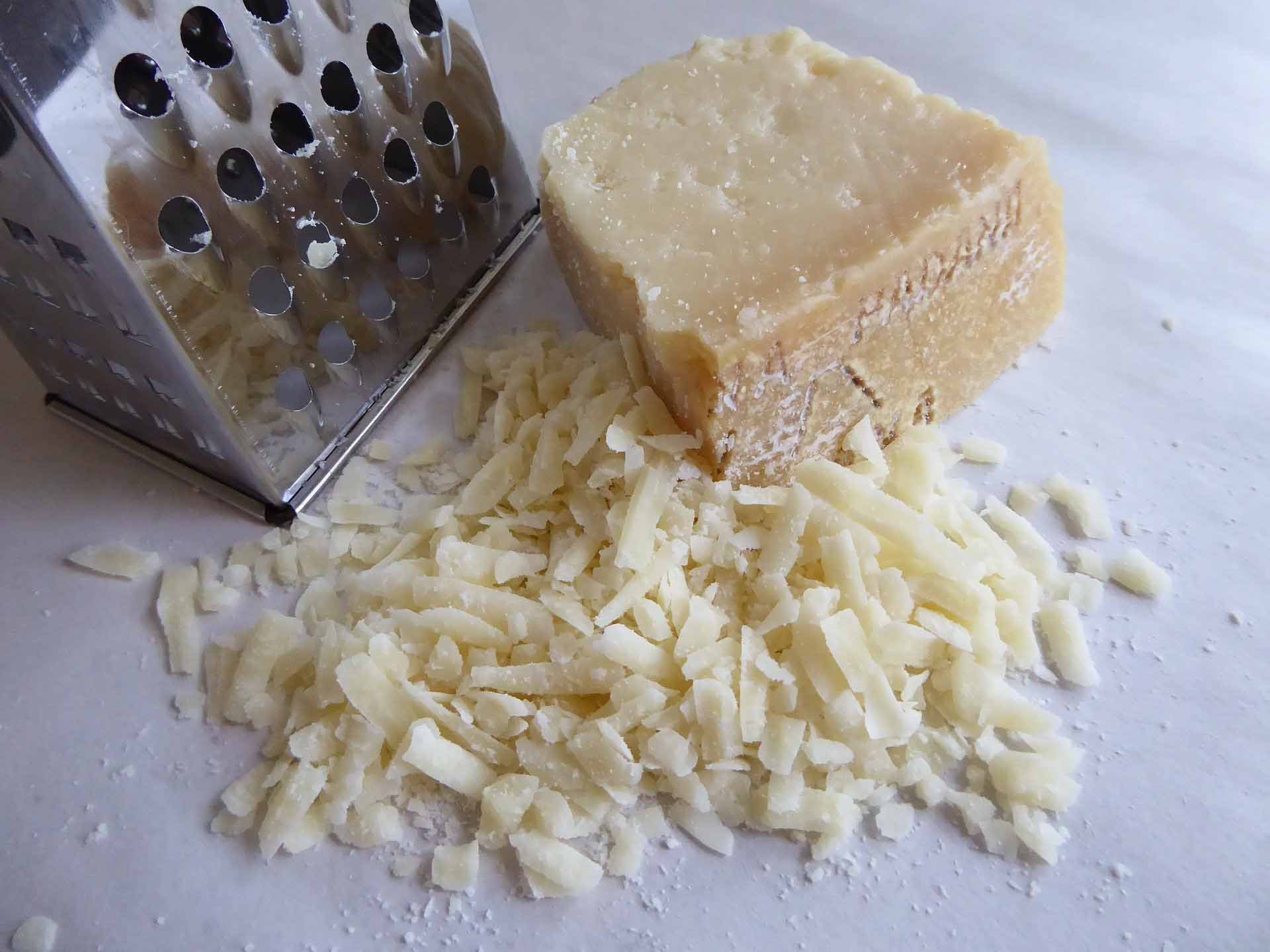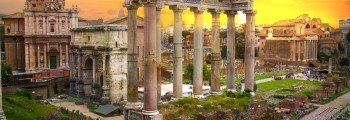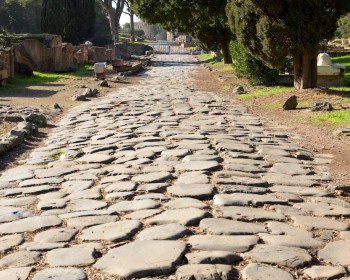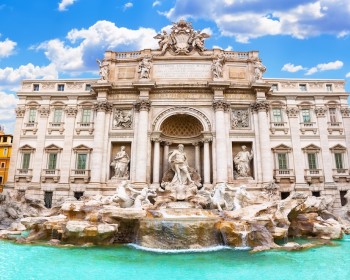History of Parmigiano Reggiano
Real Parmigiano Reggiano is a typical italian hard granular cheese made with cow’s milk: it is aged between 12 and 36 months. Its name comes from the area where it is produced. Parmesan in fact is made in the Emilia Romagna region, between the provinces of Parma, Reggio Emilia, Mantua and Bologna.
The first proof of its existence dates back to the Middle Ages, when Benedectine and Cistercian monks were looking for a cheese that could last long. Eventually, they became the first ones to create this millenary cheese, using in the dairy process the milk of cows raised in the monasteries’ farms and the salt of Salsomaggiore salt mines.
Soon, monasteries and castles in Parma and Reggio Emilia surroundings were turned into real cheese factories.
Some years later, during the XIII Century, Parmesan was already a matter of business as there was evidence of it both in the italian literary masterpiece Decameron by Boccaccio and in several notarial deeds.
During the Renaissance, local landowners contributed to the cheese making, increasing more and more its economic development. To get the best out of it, locals started using cowsheds connected to dairies to help owners in the cheese making.
In the XVI Century, Parmigiano Reggiano had already reached the area of Modena, while cooks described this ingredient as fundamental in some of their most common recipes of that time.
Today, Parmesan production takes place in the same areas where it is originally born, with the same passion, dedication and ingredients.
The essential connection between cheese and land
Every step of Parmesan cheese preparation is made in its original area, so in the provinces of Parma, Reggio Emilia, Modena and Bologna. Moreover, only raw milk of these lands can be used for Parmesan making. This is because this particular milk is obtained by the combination of many local environmental elements, first of all the way cows are fed.
This allows cheese producers to keep the same biological characteristics, avoiding the use of any external intervention or additives to maintain its high quality.
Today, this area hosts about 3000 farms meant to produce the original Parmesan.
Some insights into Parmigiano cheese tours

Visiting a local dairy is a sensory experience where flavours, good tastes, traditions and history blend one with the other. This is an unmissable chance to discover how cheese masters turn milk into Parmesan using only 3 ingredients as their ancestors did thousands years ago. Usually, Parma private food tours include tastings as well, with different types of parmesan with many degrees of maturations.
Curiosities about Parmesan cheese
Depending on its maturation time, Parmesan can last up to a month after being opened.
During the Renaissance, a wheel could weigh up to 18 kg each.
It is so loved that it has been nicknamed “King of Cheese” and “practically perfect food”.
It has not changed its making method throughout the centuries.
In 1996 Parmesan was recognized as a European PDO, protected designation of origins. Despite this fact, it is still one of the most imitated cheese in the world.
Parmesan cheese lovers are many: Napoleon loved this cheese so much and was used to mix it with beans, while the writer Moliere asked for it before his death. The French writer Alexandre Dumas was a food lover who liked to offer his guests maccheroni with Parmesan.











